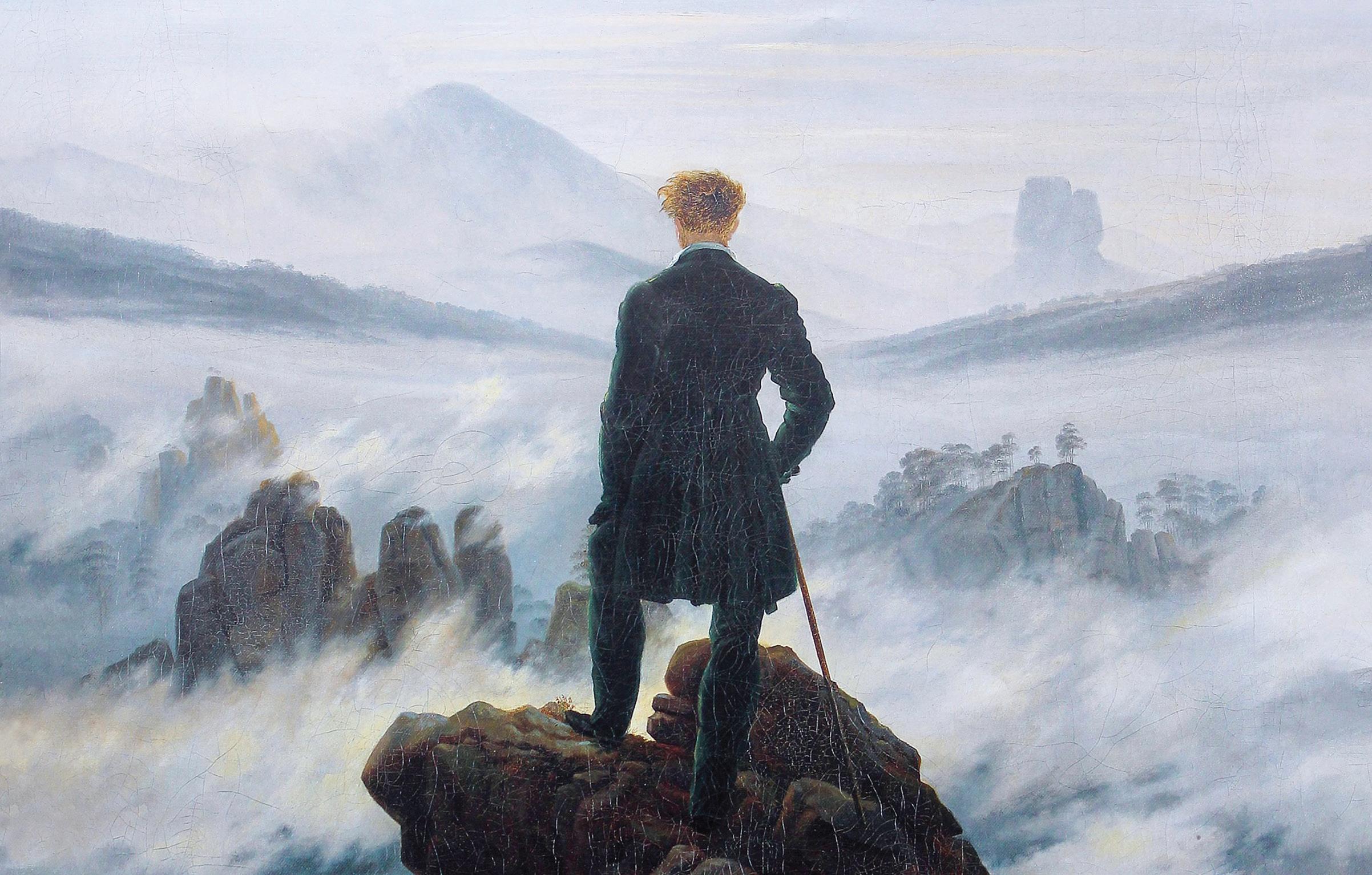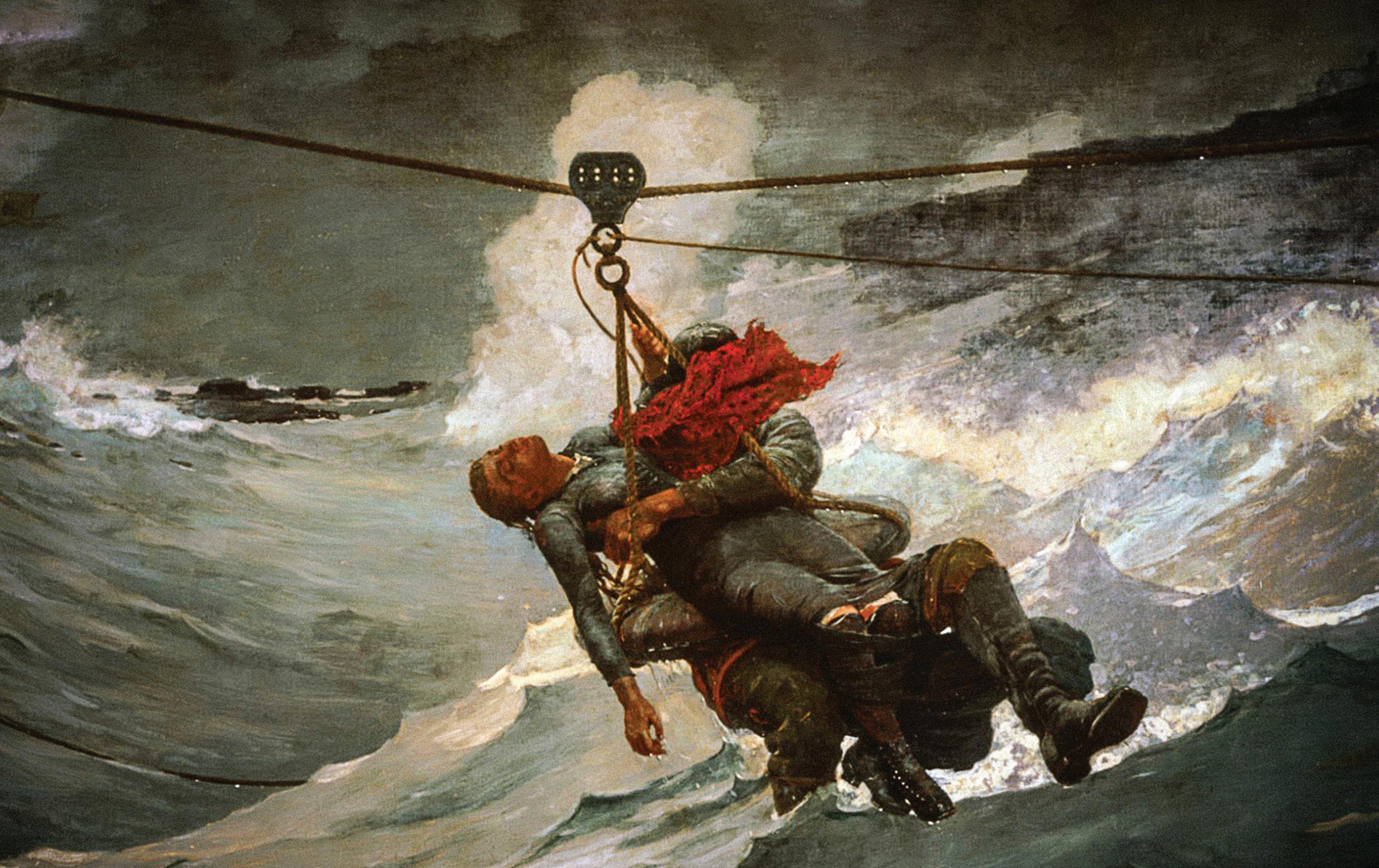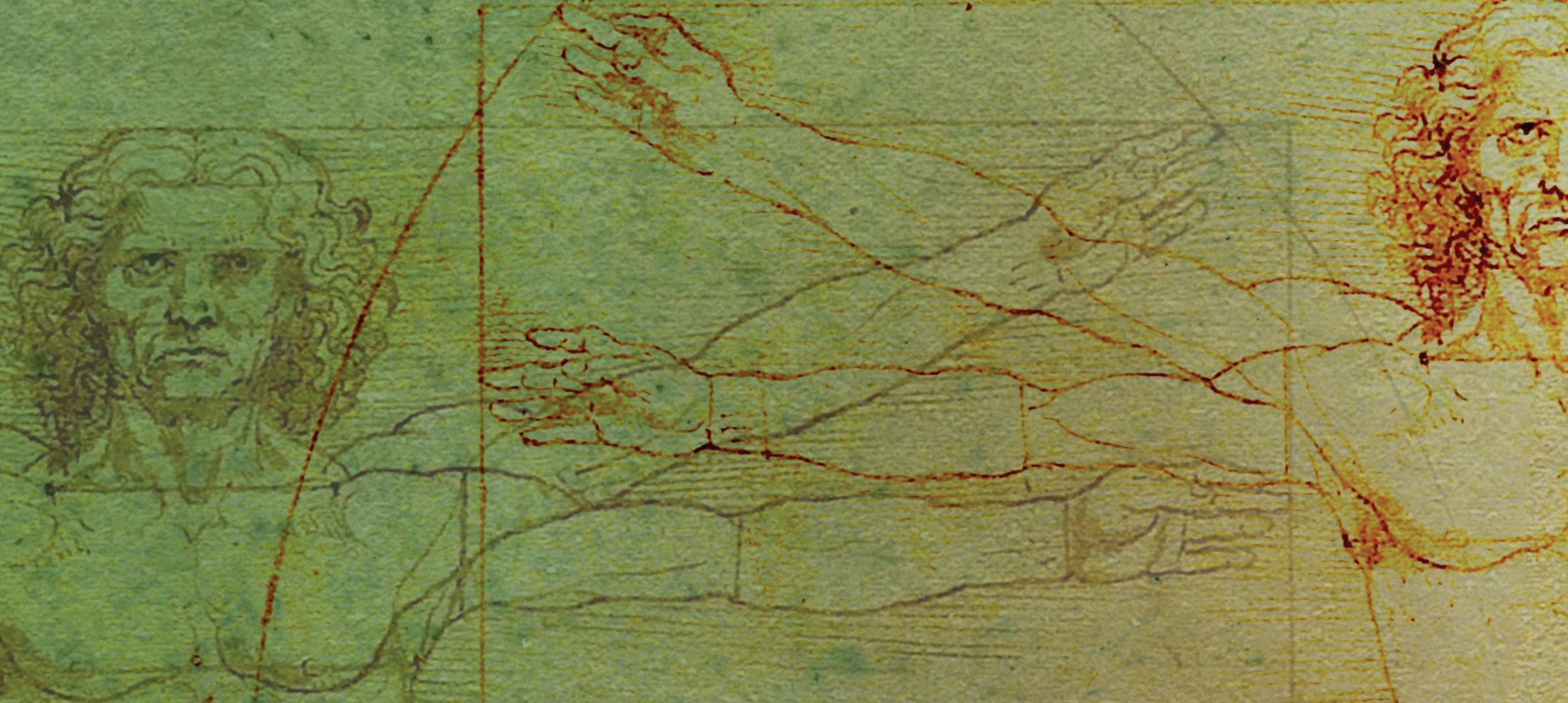FINE ARTS
Nature & the Birth of the New by Dr. Carol Reynolds
F
ew aspects of life inspire artists more than nature. Whether in painting, poetry, music, theater, or dance, creative artists across the centuries have depicted and reflected upon the physical phenomena of our world. Both the grandest subjects (mountains, planets) and those most intimate and fragile (gossamer dragonfly wings) are defining elements in the arts throughout our Western heritage. When artists depict nature, they generally respond to or incorporate the prevailing aesthetic styles of their day. Up through the eighteenth century Western artists strove to capture nature realistically, using what we might call a "photographic approach." Their main limitations tended to be technical: How well could their materials (pigments, notes, words, movements) and concepts portray natural phenomena? Dr. Carol Reynolds is a speaker and educator, and the widely acclaimed author of Discovering Music and other programs. She regularly leads arts tours throughout Europe and the Mediterranean, recently in partnership with the Smithsonian Institute.
18
Nature & the Birth of the New
By the dawn of the nineteenth century, artists were moving away from realism, flirting with emotionallycharged depictions of nature's power, and extracting psychological meanings from nature. Today, we call this trend Romanticism, and recognize it as a reaction to the Enlightenment and a factor in the cataclysmic move towards a secularized society. With the birth of photography, film, and sound recording, the artist's job shifted from capturing outward reality to a focus on inner realities. Resulting works conveyed startling visions of the natural world. The outburst of new styles jarred audiences (e.g., surrealism, modern choreography, atonality). Throughout all this, subjects from nature never lost favor with artists. Consequently, we can look across the spectrum of our Western heritage and see how depictions of nature reflect what we might call the "march of aesthetics." For the sake of this essay, let us consider two examples—the first a painting, and the second a MemoriaPress.com









